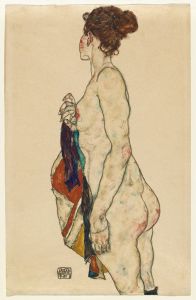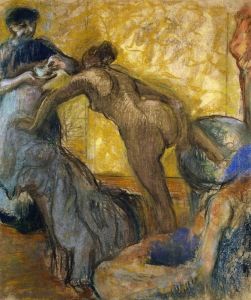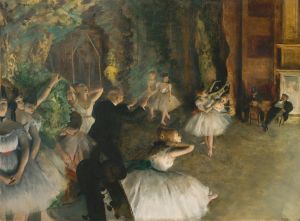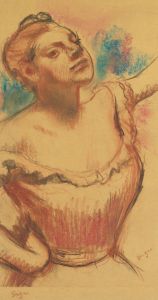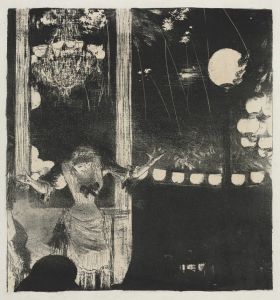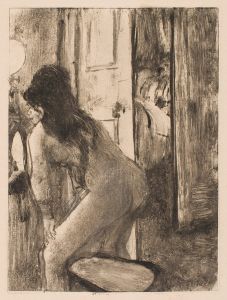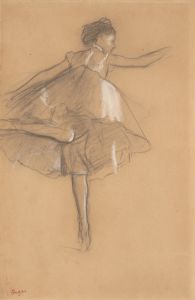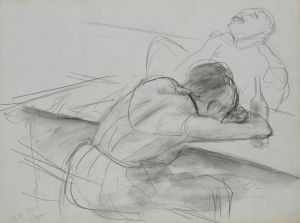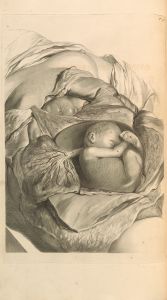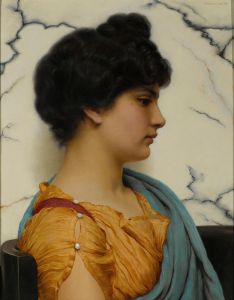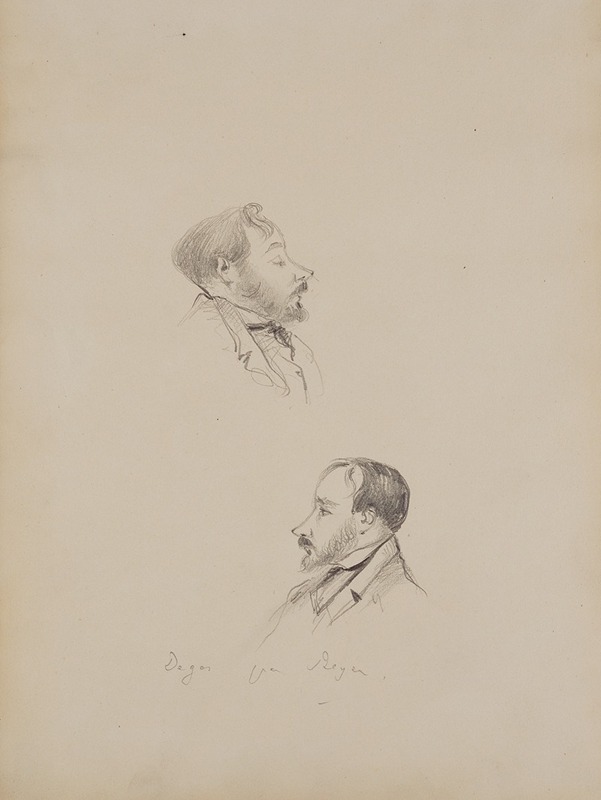
Degas and Other Sketches
A hand-painted replica of Edgar Degas’s masterpiece Degas and Other Sketches, meticulously crafted by professional artists to capture the true essence of the original. Each piece is created with museum-quality canvas and rare mineral pigments, carefully painted by experienced artists with delicate brushstrokes and rich, layered colors to perfectly recreate the texture of the original artwork. Unlike machine-printed reproductions, this hand-painted version brings the painting to life, infused with the artist’s emotions and skill in every stroke. Whether for personal collection or home decoration, it instantly elevates the artistic atmosphere of any space.
"Degas and Other Sketches" is a work attributed to the renowned French artist Edgar Degas, who is celebrated for his contributions to the Impressionist movement, although he preferred to be called a realist. Degas is best known for his depictions of dancers, scenes of Parisian life, and his innovative use of perspective and composition.
Edgar Degas was born on July 19, 1834, in Paris, France, and he became one of the founding members of the Impressionist movement, although his style was distinct from many of his contemporaries. Degas was trained in the classical tradition, which is evident in his meticulous draftsmanship and attention to detail. His works often focused on the human figure, capturing moments of contemporary life with a keen observational eye.
The work "Degas and Other Sketches" is not as widely documented or as famous as some of his other pieces, such as "The Ballet Class" or "L'Absinthe." However, Degas was known for his extensive use of sketches and preparatory drawings, which were integral to his artistic process. These sketches allowed him to experiment with composition, movement, and form, and they often served as studies for his larger works.
Degas's sketches are characterized by their fluid lines and dynamic compositions. He frequently used mediums such as pencil, charcoal, and pastel to create his sketches, which captured the spontaneity and movement of his subjects. His interest in capturing the fleeting moments of modern life is evident in these works, as he often depicted scenes from the ballet, the racetrack, and the bustling streets of Paris.
Throughout his career, Degas's approach to art was methodical and analytical. He was deeply interested in the science of movement and often studied the works of earlier masters, as well as contemporary developments in photography, to enhance his understanding of the human form. This scientific approach is reflected in his sketches, which often reveal his process of refining and perfecting his compositions.
Degas's sketches also provide insight into his evolving style and technique. Over time, his work became more experimental, with a greater emphasis on color and abstraction. This evolution is evident in his later sketches, which often feature bold, expressive lines and vibrant hues.
While "Degas and Other Sketches" may not be as well-documented as some of his other works, it is representative of his broader oeuvre and his commitment to capturing the essence of modern life. Degas's sketches remain an important part of his legacy, offering a glimpse into the mind of one of the most innovative artists of the 19th century.
In summary, Edgar Degas's sketches, including "Degas and Other Sketches," are a testament to his skill as a draftsman and his dedication to exploring the complexities of human movement and form. These works continue to be studied and admired for their technical precision and their ability to convey the vibrancy of everyday life.






